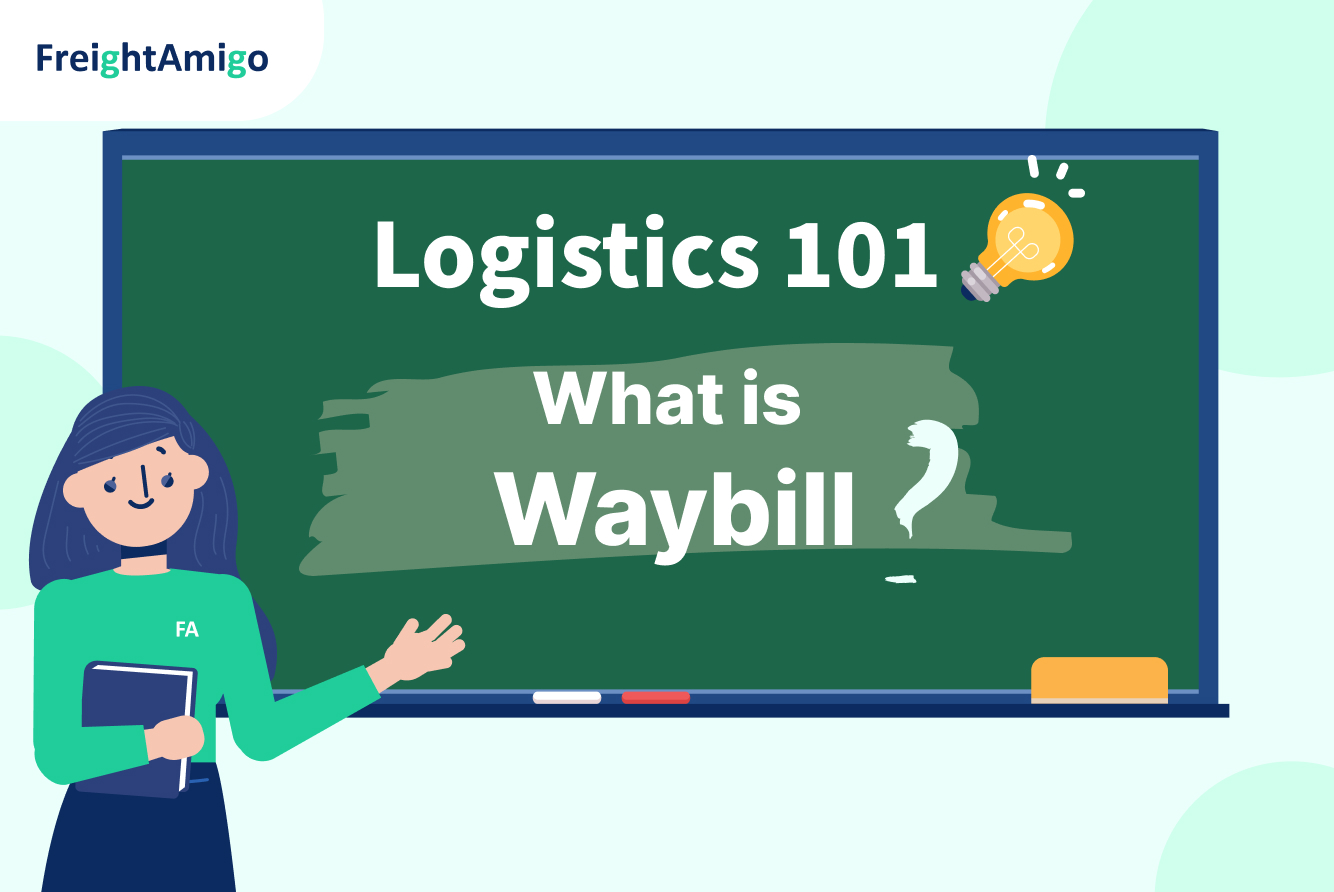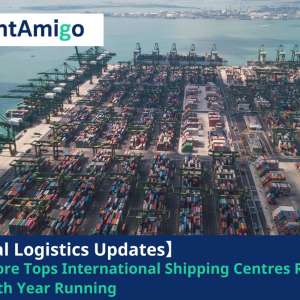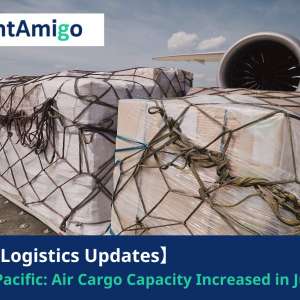Author Name: Tiffany Lee – Marketing Analyst at FreightAmigo
Shipping requires preparation of numerous shipping documents. If you provide inaccurate or incomplete information, there is a risk that the cargo would not reach its destination on time or would not be delivered at all. Let’s learn more about a common type of shipping document, Waybill, with FreightAmigo and make trade easier for everyone!
What is Waybill?
Typically, a waybill is a document released by a carrier that provides information and guidelines for the shipment of the goods. A waybill acts as a passport of goods so export is not possible without it! However, waybill is just a contract between the consignor and the consignee and merely serves as evidence that the consignee has contracted with the shipper to carry the goods to an identified destination. It does not serve as a legal documentation of ownership.
The two most common kinds of waybills are air waybills (AWB) and sea waybills (SWB).
Air Waybill (AWB)
AWB is a crucial air cargo document that serves as a legally binding transport document of carriage between the consignor and the carrier. It is non-negotiable. Traditional AWB is a paper document, but since the AWB declaration process is so complicated and slow, electronic air waybill (e-AWB) is introduced to replace the paper document and simplify air cargo process for parties. E-AWB is easy to fill out and speeds up processing through one-time data entry. All air shipments using Cathay Pacific and more than 20 other airlines must now submit e-AWB due to the IATA’s decision to eliminate the requirement for paper AWB.
Learn more about Cathay Pacific’s e-AWB: https://www.cathaypacificcargo.com/en-us/helpsupport/eairwaybillefreight/eairwaybill.aspx
Sea Waybill (SWB)
SWB is a document used to deliver goods from one port to another, serving as an evidential of delivery and is non-negotiable. SWB is also known as the Straight Bill of Lading in countries, including the USA. The entire process is speeded up because neither the consignee nor the importer needs to provide any additional documents to the carrier. They only need to authenticate their identity at the time of delivery, and therefore the cargo is released as soon as it is available at the port. It should be mentioned that the SWB is unique to each shipping carrier and make sure you understand it completely before filling it out!
Importance of Waybill
The waybill prevents document loss and any forged bill of lading because it is non-negotiable and non-transferrable. Consignee does not need to provide documents to the carrier, avoiding storage fee if your cargo arrives before the document. In addition, waybill simplifies operation procedures. Thus, facilitating business contacts between the headquarters and their subsidiaries.
How to Prepare?
Waybill is a document that contains detailed information about the shipment. Information includes:
- Consignor’s information (name, address, ID number, contact information, etc.)
- Consignee’s information (name, address, ID number, contact information, etc.)
- Cargo’s information (declared value, origin, destination, dimensions, weight, etc.)
- Payment of charges
- Consignor and consignee’s signature
If you still have questions about waybill or other shipping queries, you are welcome to contact FreightAmigo’s customer service specialists at any time.
===
Prefer a greener logistics solution?
After searching for shipment quotations in FreightAmigo, select [ Greenest ] in [ Sorted by ], and you can compare the CO2e of each shipment solution immediately! Let’s Make Trade Greener.
===
Register for free and experience the new era of FreighTech x FinTech. If you have any questions, welcome to
Chat online / WhatsApp: +852 300898592




